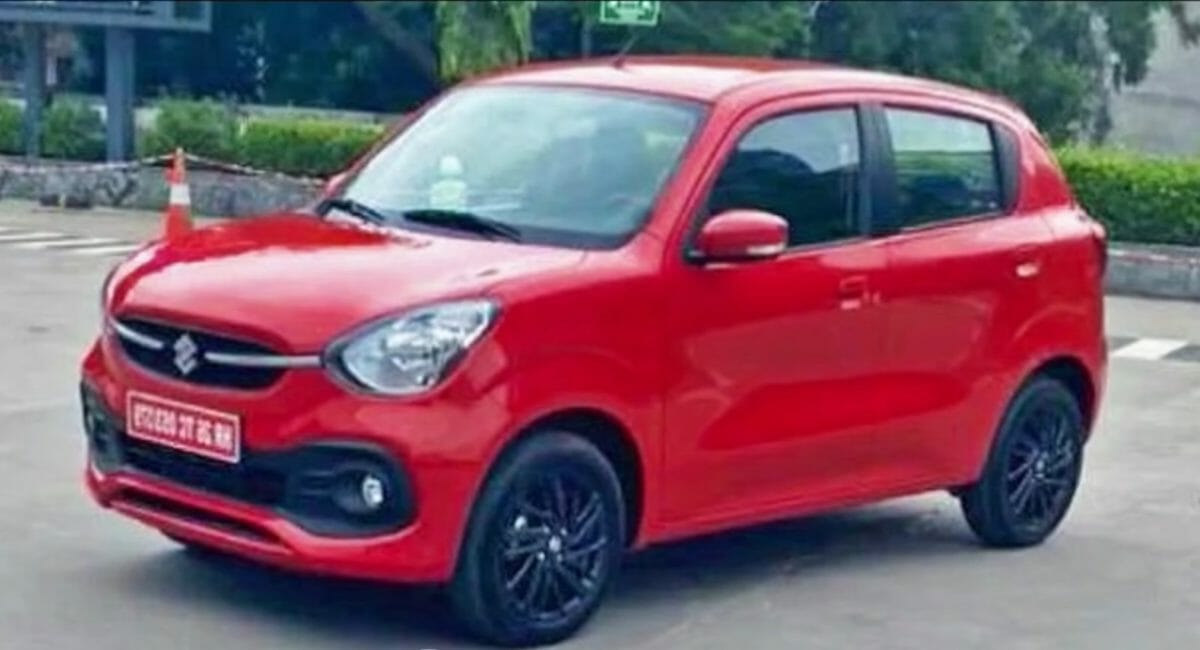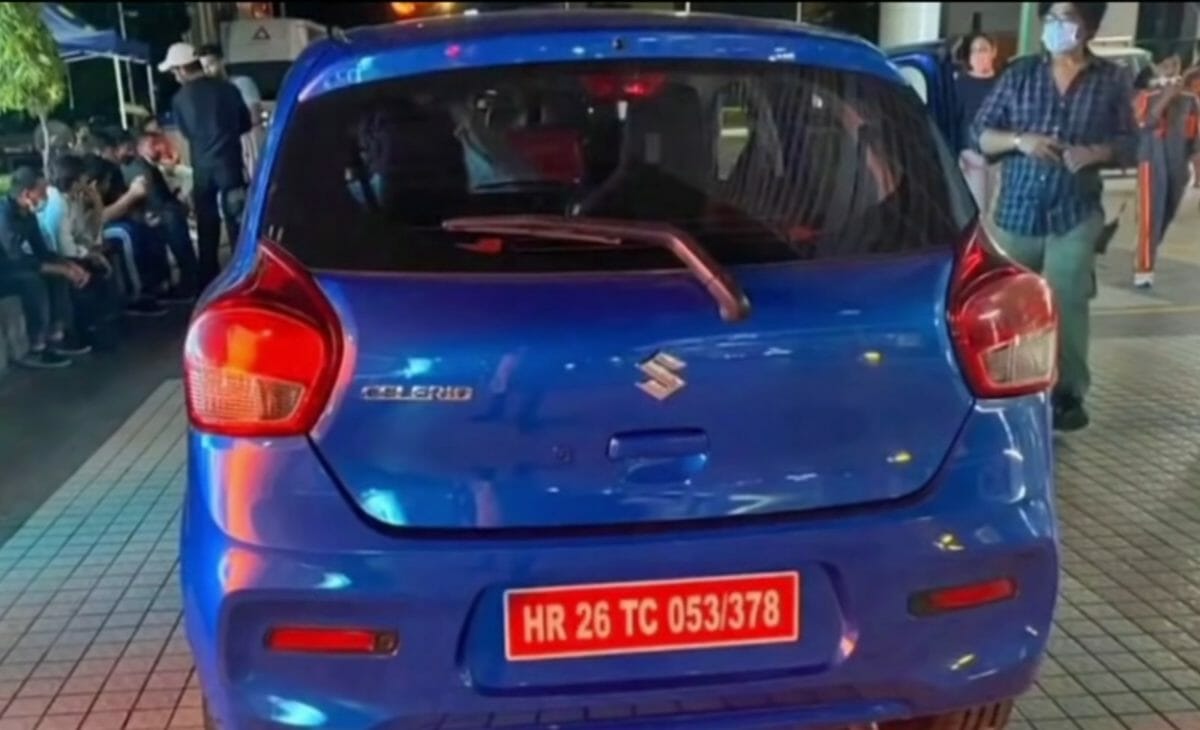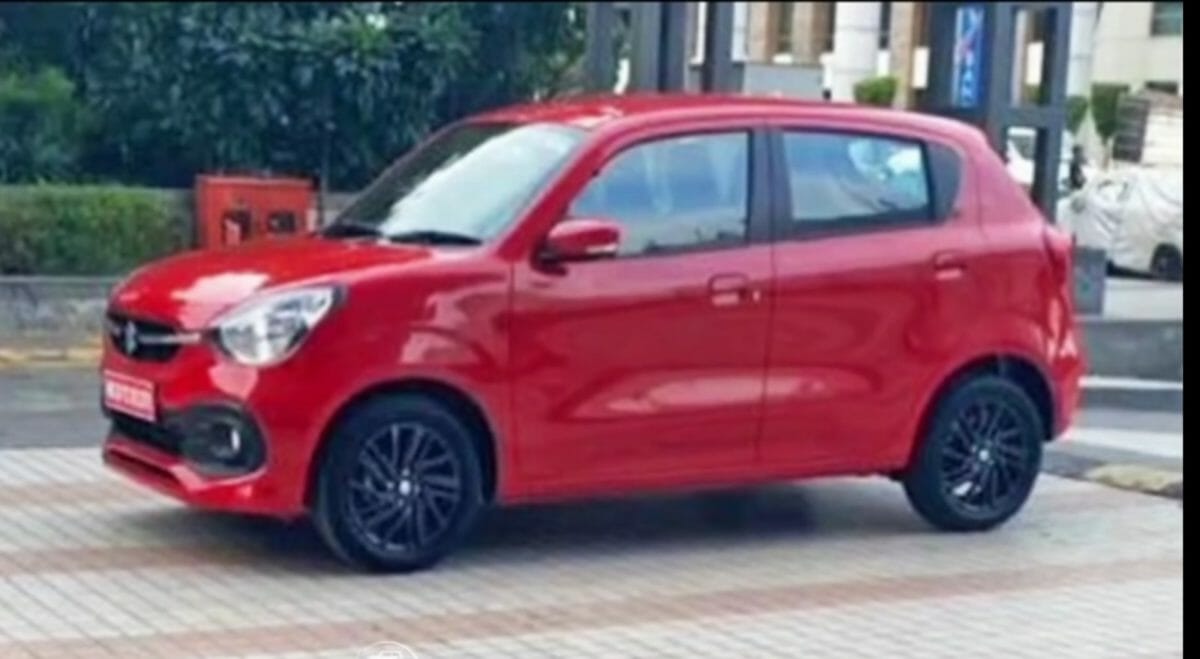The pandemic has been playing a spoilsport for the car manufacturers and their plans. With uncertain demand, rise in input cost and lockdowns, it has been a rough road indeed for everyone. Maruti Suzuki recently stated that their factories could face a short shutdown of operations due to the lack of components. Particularly the semiconductor chip which is an essential component for manufacturing cars. Unfortunately, this shortage has affected the launch of the next generation Celerio for the third time in a row. Previously planned to be launched around early 2021, the next generation Celerio could be launched by the end of this year now.

Next-gen Celerio: what to expect?
As mentioned before, the design is a far cry from the current Celerio’s design. The front gets an uprights nose and an oval grille. The grille has a chrome strip running across it and honeycomb detailing inside. The headlamps are triangular halogen units and it gets fog lamps as well. The bumper gets black detailing and angular edges to give it a sporty look. The side features a familiar ORVM with turn indicators as seen on other Maruti cars. It gets flap-type door handles and blacked-out 14-inch alloy wheels. The sides don’t get any cuts or creases giving it a simple look. The glass area seems to be healthy considering the straight window line. The rear features wraparound taillights and the bumper gets two reflectors. It also gets a rear washer. The overall design indicates that it will be bigger than the current Celerio.

The new Celerio will be based on the Heartect platform which underpins other Maruti Suzuki cars. There will be a lot of parts sharing with the new Wagon R like switches, stalks, buttons etc. The interiors are going to be completely revamped too. Expect features like smart play infotainment system with android auto and apple carplay, electrically adjustable mirrors, reverse parking camera, steering mounted audio controls, dual airbags and ABS to name a few. Powertrain options will include two petrol engine options. The first will be a naturally aspirated 1 litre 3 cylinder K10 engine. The second will be a naturally aspirated 1.2 litre 4 cylinder K series engine. Gearbox options will include a 5 speed manual and AMT. Expect a CNG variant in the future as well.

